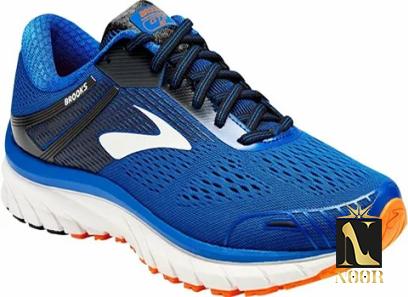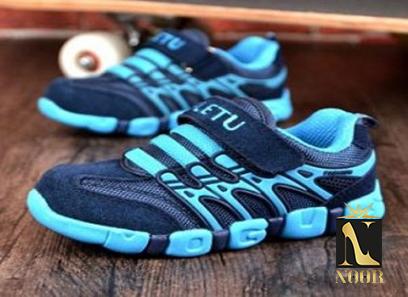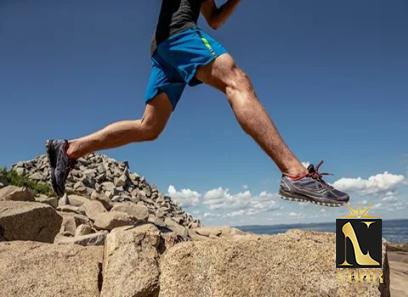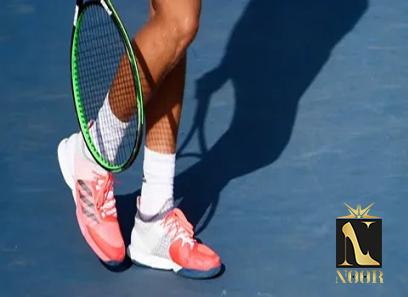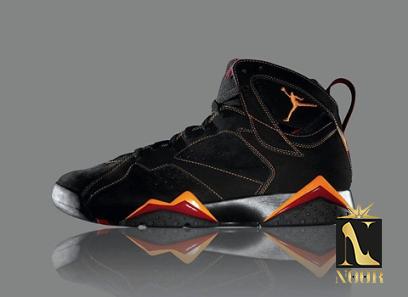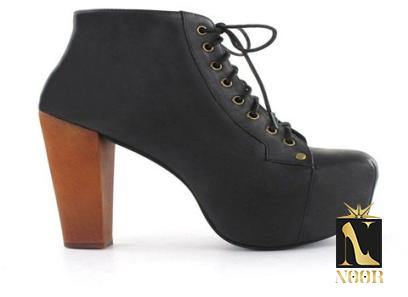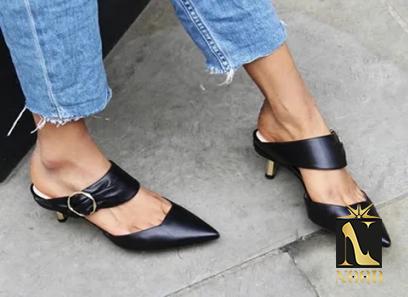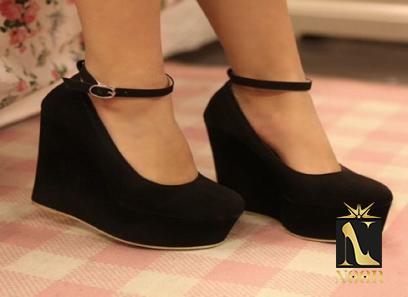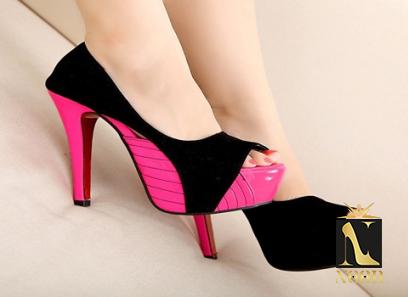running shoes buying guide helps you fine the best
When buying a new pair of running shoes, you need the guide and assistance, the first and most crucial thing you should do is discover a pair that is specifically made for the way you run
This involves your own biomechanics (stride), the type of running you perform (where you run, how far, how fast), and personal preferences like having a ‘feel’ for the terrain
If you want to know how you run, you don’t have to consult a bunch of scientists in a lab
However, you should be aware that your stride evolves with time as a result of factors such as distance, terrain, and muscle exhaustion
Discovering whether your heel, midfoot, or forefoot makes initial contact with the ground is essential for determining your foot strike
Whenever in doubt, slow-motion footage of your running performed on a smartphone will do the trick
You should walk as you normally would
As long as there is no risk of harm, there is no reason to alter anything
See a sports medicine specialist for advice on how to improve your form [and shoes] if you’re experiencing persistent pain or injuries
The first step in finding running shoes that are a good fit, especially in terms of drop, is to identify your foot strike

Calm down, this is covered in the post, but in general, the more you run on your forefoot, the smaller the drop your shoes should have
Many sources stress the significance of pronation (the angle formed by your heel and tibia) when looking for a suitable running shoe
Again, pronation is not a bad thing when it comes to picking the correct running shoe, and if you’re running without injury, there’s no reason to change anything
It makes no difference if you’re a pronator (your foot rolls inward on impact) or a supinator (your foot rolls outward on impact)
To begin, describe the surface you’re jogging on
The best trail running shoes are those specifically made for use on trails
Read on for more of our suggestions
Choose running shoes over tennis shoes or all-purpose athletic footwear if you plan on pounding the pavement
Next, consider what you hope to accomplish
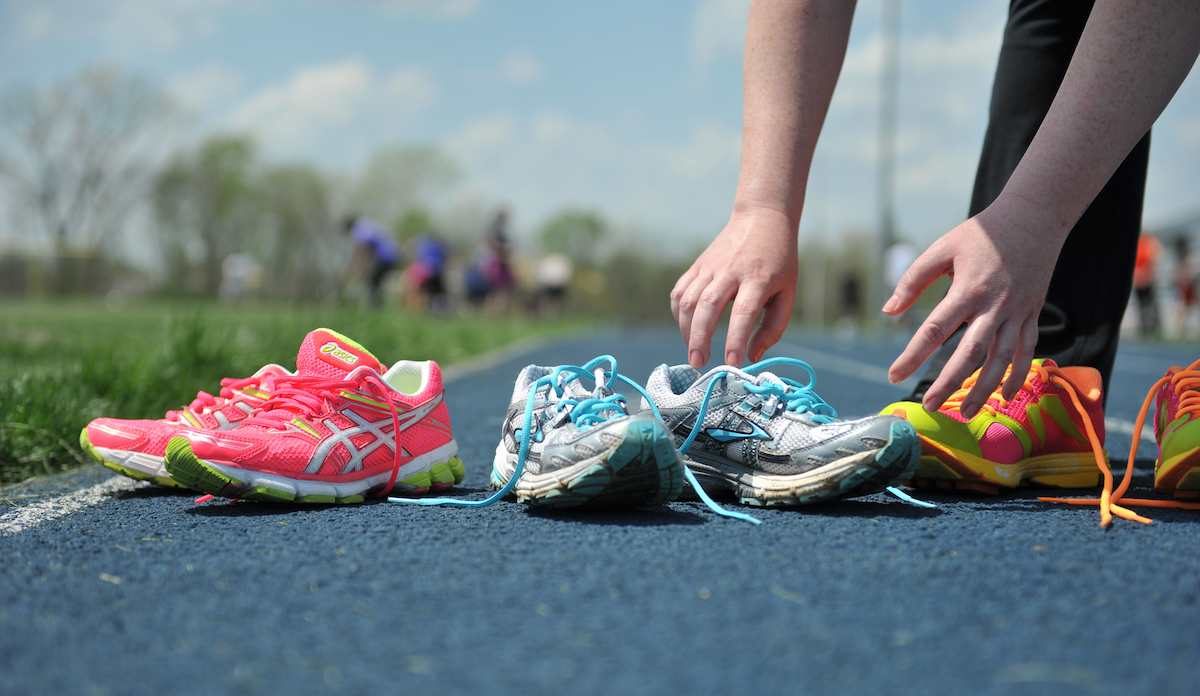
Do you want to go on long runs or shorter, more frequent runs? To what degree are you committed? Just trying to maintain your fitness level or preparing for a marathon? What are you intending to use these shoes for—practice, the big race, or rest and relaxation? In terms of efficiency, what do you need specifically? If you ask yourself these questions, you’ll be able to narrow down your shoe options to the perfect pair for your various running endeavors
The distance you plan on running will also help you restrict your search for the perfect pair of shoes, whether you’re training for a marathon or just going for a quick jog around the block
Since investing in a good pair of running shoes is a significant financial commitment, it is critical that you try them out thoroughly before making a purchase
Padding around on a carpeted shop floor is not an accurate representation of how the shoe will feel and how it will perform when you are jogging in it
Always make sure to inquire if you can take them for a test run on one of the treadmills that we have in the store
You might think about getting a hybrid running shoe if you do a combination of the two types of jogging
Because of the well-rounded combination of traction and cushioning included in these shoes, they are suitable for use in a variety of terrains, including roads and mixed trail conditions
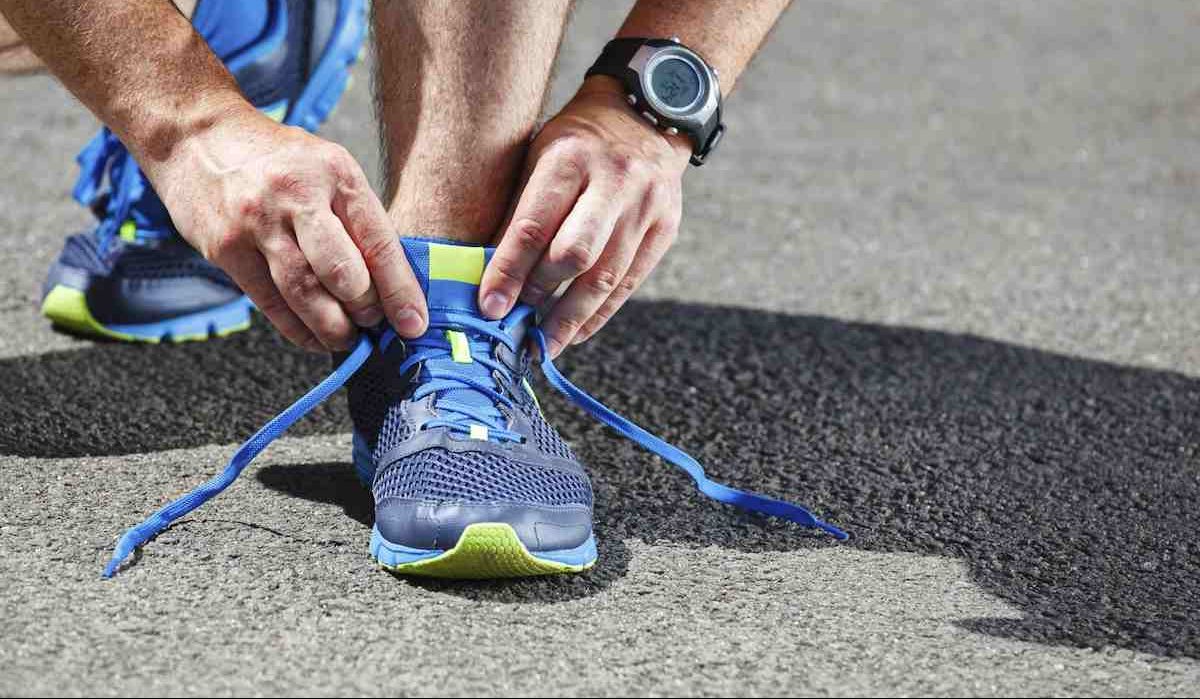
running shoes guide
When you walk into any local running store, you will be greeted by a vibrant wall that has dozens of pairs of shoes guide
It goes without saying that it’s not easy to select the pair of shoes that fits you the best out of the many options available
To make things even more confusing for you, not every shoe will work for your feet
Whichever pair you decide to go with, be sure that they fit you correctly from heel to toe and that they don’t interfere with your natural running stride
These days, the vast majority of us prefer to purchase online; yet, there is a greater potential for error when purchasing items that you are unable to try on first
You are in luck because the majority of stores will give a risk-free trial period, which means that you can still lace up your shoes and go for a test run, just as you would if you were testing them out in the store
(You should just make sure that the return policy is clear, and you should always save the box in case you need to send them back or switch sizes
) Running shoes are built in such a manner that every component serves a certain function and conforms to the shape of the wearer’s foot in a particular way
Even a minute difference can have a significant impact on the quality of your experience
We have dissected the primary components of the running shoe so that you are able to recognize them without difficulty and check that each one is a good fit for your foot
(If you’re interested in going into more detail, you can read more here about the anatomy of a running shoe
)
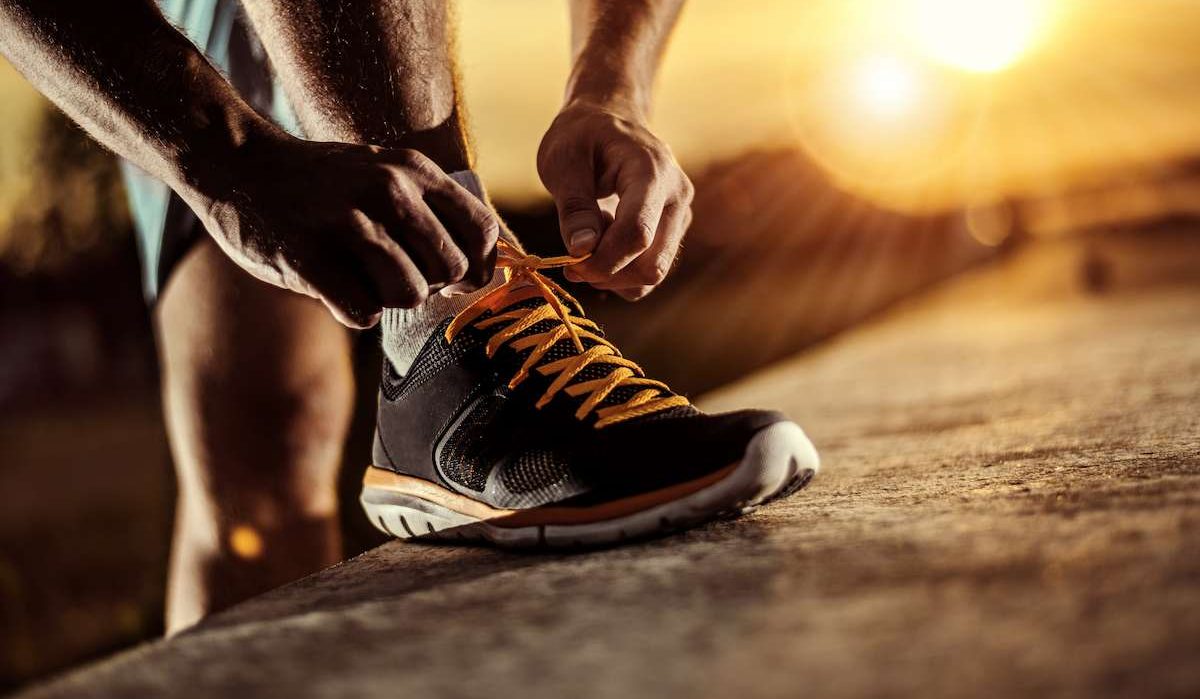
Everything that is located above the shoe’s sole is considered to be a part of the upper
Historically, shoe companies constructed the uppers of their shoes using layered textiles and mesh that were bonded and stitched together
Knitting and 3D printing are two of the most common techniques used in today’s modern versions
These techniques are used to make seamless one-piece fits that stretch and support in the proper locations
It shouldn’t bunch up, bind, or chafe anywhere it contacts, and it should lay flat wherever it is touching
Ankle collars are the wraps that are located at the top of the shoe opening and are responsible for keeping the heel in place
Some shoes have substantial padding, while others rely more on the design of the shoe itself to cradle the bone of the ankle
It is important to pay attention to whether or not your heel slips, how the padding interacts with the bones on the side of your ankles, and whether or not the curve on the back irritates your Achilles tendon
The heel counter is a semi-rigid cup inside the heel that supports it
Some shoes include an external heel wrap, while minimalist shoes lack a heel counter to allow more flexibility

Research shows that heel counters do not regulate motion, but do center the heel for safe landings and support
Heel counters are used in neutral and stability shoes
Find a heel that lets your ankle move freely
The shoe’s saddle reinforces the instep, the arch between the ball and the ankle
A saddle and laces hold a shoe on the foot
Designers use overlays, eyelets, and lacing to fit any foot shape
Pay attention to how it fits and grips your foot, allowing for natural arch doming during your stride
We have various types of running shoes in our collection at affordable prices
Contact us to see the latest models
They are also available in bulk for wholesalers
